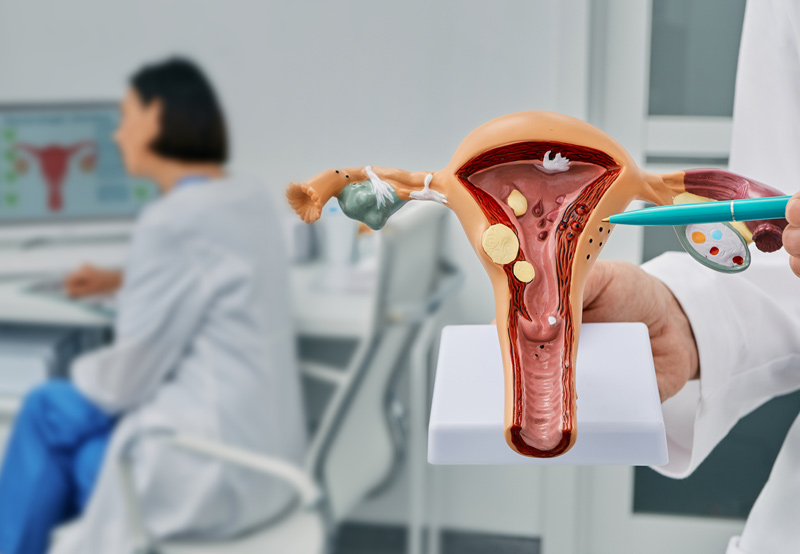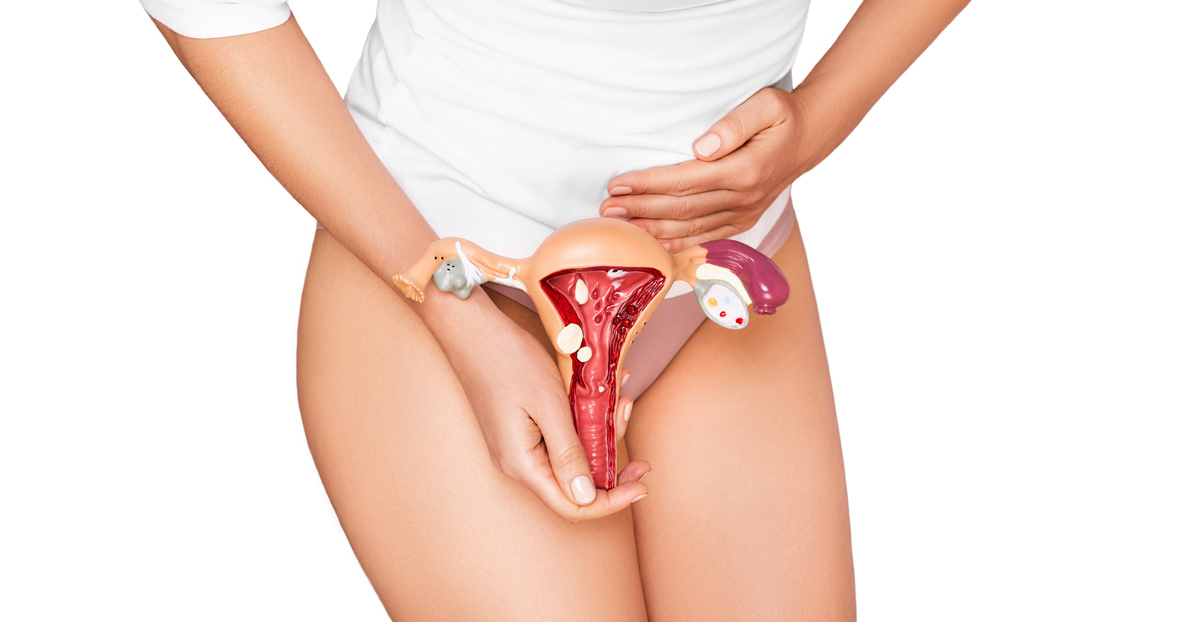

Vaginal cysts are lumps filled with air, mucus, pus, or other substances and located on or near the vagina. These cysts can be small as a pea or large as an orange. Most vaginal cysts are harmless, but some may cause pain if they get infected.
The Five Different Types of Vaginal Cysts
The five types of vaginal cysts are:
1. Inclusion cyst. Small cysts that form on the wall of the vagina can be caused by injury to the vagina during childbirth or after vaginal surgery. An inclusion cyst forms after tissue is trapped under the surface of the vagina.
2. Bartholin gland cyst. Fluid- or pus-filled bumps or abscesses that form at the opening of either side of the vagina are called Bartholin gland cysts. The cyst is named after the Bartholin glands, which produce the fluid that lubricates the lips of the vagina. A blockage in these glands can form a cyst, whereas a bacterial infection can create an abscess.
3. Sebaceous cyst. When oil-producing sebaceous glands of the vulva become blocked, a lump with yellow-white greasy material forms, called a sebaceous cyst.
4. Müllerian cyst. Leftover material in the Müllerian ducts from fetal development can form cysts that grow on the walls of the vagina.
5. Gartner’s duct cyst. The Gartner’s duct is an organ present during fetal development that should disappear before birth. If they don’t, then the ducts can turn into cysts on the walls of the vagina later in life.

Causes of Vaginal Cysts
A vaginal cyst may be caused by an injury to the vaginal wall during surgery or childbirth. Gland or duct blockage can also lead to a cyst filled with fluid, pus, oil, or other materials. These cysts can cause pain if infected, but can be prevented with good hygiene.
Bacterial infections from sexually transmitted diseases like gonorrhea and chlamydia can cause a vaginal cyst to become infected.
Symptoms of Vaginal Cysts
Not all vaginal cysts cause symptoms. Some patients may discover they have a cyst during a routine pelvic exam done by their physician. In other cases, cysts may cause:
- Small lumps protruding from the vagina
- Discomfort and pain during walking, sitting, sex, inserting a tampon, or wiping after using the bathroom
- Fever, swelling, and tenderness from an infection
Diagnosing Vaginal Cysts
A vaginal cyst may be diagnosed during a physical exam. The physician may look at or touch the cyst and monitor it for changes in size. Treatment for vaginal cysts will depend on the type and severity of the cyst.
To rule out cancer or other diseases, the patient may need to undergo the following tests:
- Biopsy
- Removal of fluid from the vagina to test for sexually transmitted infections (STIs)
- Ultrasound or MRI
Treatment Options For Vaginal Cysts
A vaginal cyst may be treated with:
- A sitz bath. Sitting in a bathtub filled with warm water can help soothe and heal the cyst.
- Antibiotics. Medication can be used to treat an infected cyst.
- Surgical draining. A catheter will be inserted into the cyst to drain fluid for a few weeks.
- Marsupialization. A surgeon will open and drain the cyst, and stitch the edges of the cyst wall to create a permanent pouch for continuous draining.
